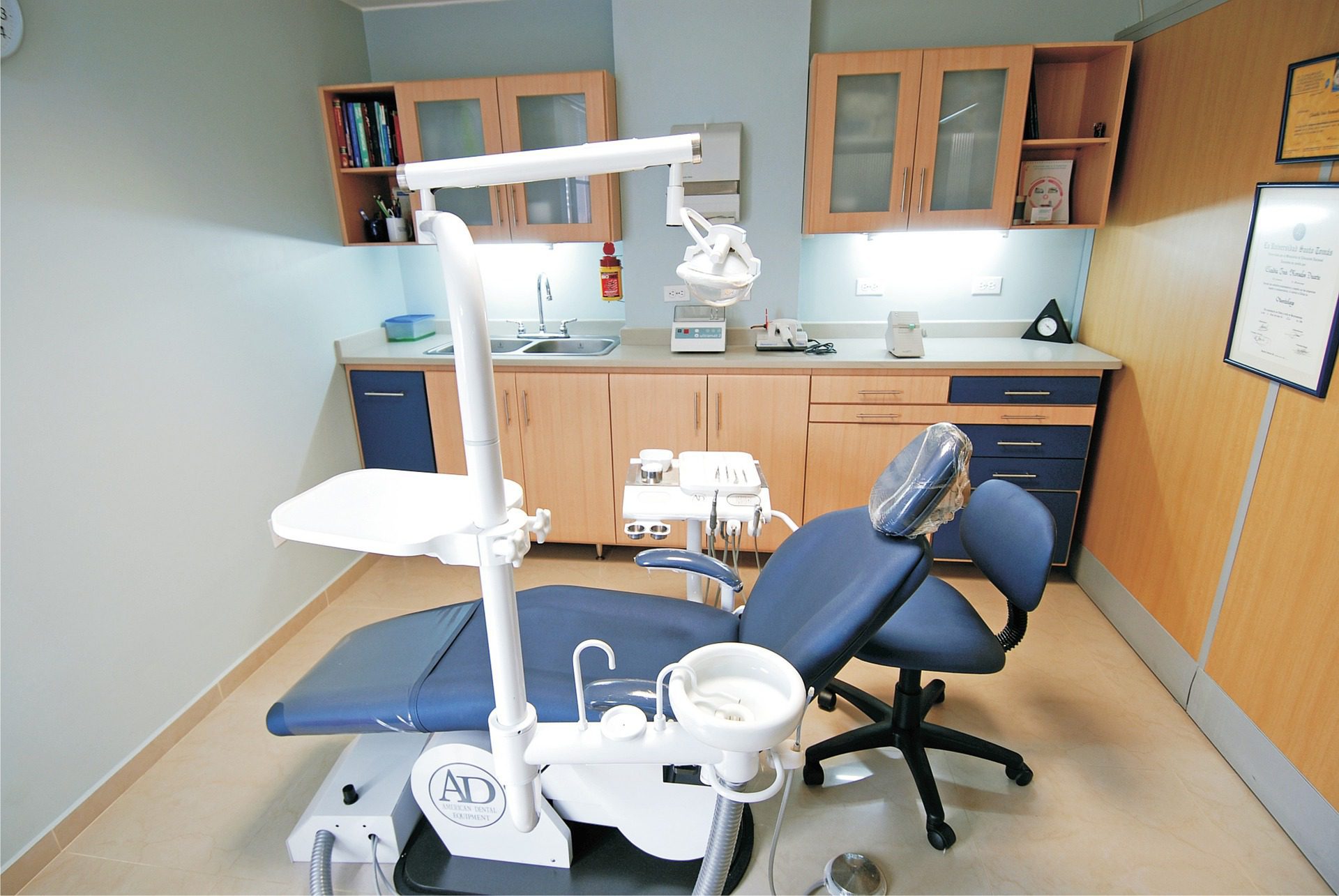Modern dentistry has come a long way in recent years, with advanced technologies and techniques that can help patients maintain healthy teeth and gums. However, like any medical field, dentistry has its hazards. From exposure to harmful chemicals to ergonomic issues, there are several risks that dental professionals face on a daily basis. In this article, we will explore some of the hazards in modern dentistry and what can be done to minimise them.
Exposure to Harmful Chemicals
Dental professionals are often exposed to a variety of chemicals, including disinfectants, impression materials, and bonding agents. Many of these chemicals can be harmful if inhaled or absorbed through the skin. For example, mercury in amalgam fillings can be toxic, and certain dental adhesives can contain chemicals that are potentially harmful to the respiratory system.
To minimize exposure to harmful chemicals, dental professionals should follow the manufacturer’s instructions and wear protective gear such as gloves, masks, and goggles. Proper ventilation and exhaust systems should also be in place to reduce the risk of inhalation.

Ergonomic Issues
Dental professionals spend a significant amount of time in a seated position, performing repetitive motions such as bending and twisting. This can lead to ergonomic issues such as back pain, neck pain, and carpal tunnel syndrome. Poor posture and awkward positions can also contribute to these issues.
To prevent ergonomic issues, dental professionals should take frequent breaks and stretch regularly. Proper posture and positioning can also help reduce the risk of injury. Ergonomic equipment such as ergonomic chairs and stools, adjustable lighting, and magnification loupes can also help minimize the risk of injury.
Infection Control
Infection control is a critical aspect of modern dentistry. Dental professionals must follow strict protocols to prevent the spread of infectious diseases such as hepatitis B, hepatitis C, and HIV. This includes wearing personal protective equipment, sterilising instruments, and following proper hand hygiene protocols.
To minimize the risk of infection, dental professionals should follow established infection control protocols and stay up-to-date on the latest guidelines. They should also receive appropriate training on infection control procedures.
Radiation Exposure
Dental professionals are also exposed to radiation during X-rays and other imaging procedures. While the risk of radiation exposure is relatively low, it can still be a hazard if appropriate measures are not taken.
To minimize radiation exposure, dental professionals should wear protective gear such as lead aprons and thyroid shields. They should also follow established guidelines for radiation safety, including proper positioning of the X-ray equipment and minimizing exposure time.
Hazards of modern dentistry for patients
While modern dentistry has made tremendous strides in improving oral health and preventing dental diseases, there are still some hazards associated with dental treatments that patients should be aware of. One of the main hazards is the risk of infection, which can occur if proper infection control measures are not followed during dental procedures. Other hazards include damage to the teeth, gums, or jawbone, which can occur during certain procedures such as
extractions or
root canals. Additionally, some patients may experience allergic reactions to materials used in dental treatments, such as metals in dental fillings or
dental implants. While these hazards are relatively rare, it is important for patients to be informed of the potential risks and for dental professionals to take all necessary precautions to ensure patient safety.
In conclusion, modern dentistry has its hazards, but they can be minimized through proper training, use of protective gear, and following established guidelines. By taking these steps, dental professionals can provide safe and effective care for their patients while maintaining their own health and well-being.

